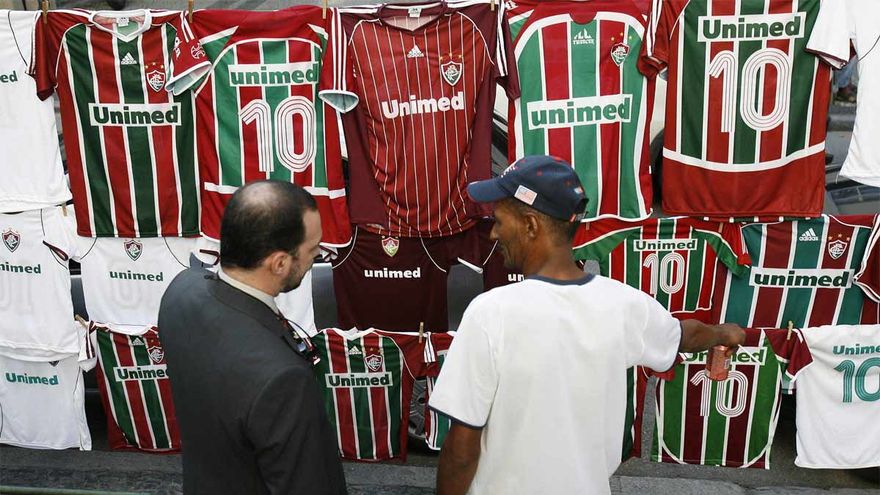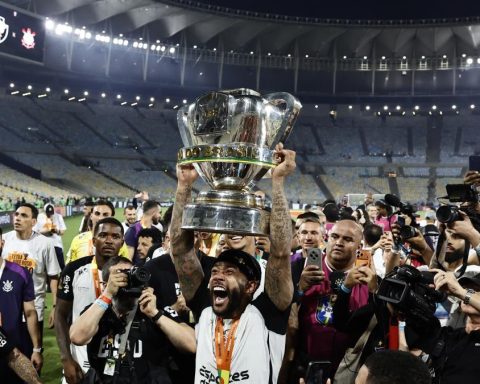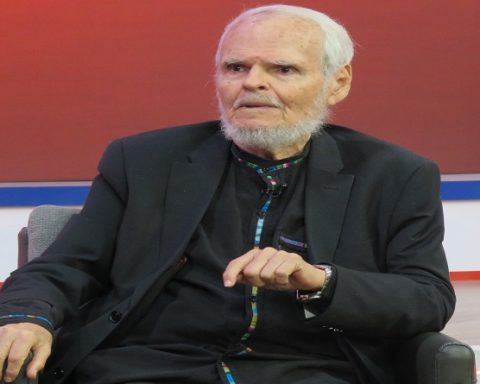One out of every three pieces of sports equipment marketed in Brazil is counterfeit: every two days a million are sold, which amounts to some 156 million annually. A study by IPEC (Inteligência em Pesquisa e Consultoria) shows that 40 million Brazilians bought non-original garments last year. The losses in the sector are monstrous: it is estimated that the impact on manufacturers, clubs, official sellers and consumers, sometimes deceived, amounts to 1,730 million euros in 2021. In taxes alone, almost 400 million euros were not collected. Yes, the South American giant is the country of football piracy.
The culture of buying fakes goes far beyond the street vendors around the stadiums. There are real criminal organizations that take advantage of what the manufacturers consider too lukewarm legislation, and, through marketing, mainly soccer team jerseys, they raise funds to commit much more serious crimes. It is a black market turned into an unstoppable tsunami.
And according to the big brands, the one who ends up paying the price is the consumer, since they raise the prices of official products to recover lost sales, to which must be added the tax burden on consumption that exists in Brazill (instead of increasing it on income, so that the wealthiest pay more taxes). The conclusion is that an official shirt costs around 60 euros, that is, 25% of the minimum interprofessional salary, which is established at around 242 euros per month. And we must bear in mind that 70% of the population earns less than two minimum wages (that is, income less than 484 euros).
The salary pyramid of the ‘country of football’, which is world champion in income inequality -with an elite that lives like a king and the vast majority navigating between misery, extreme poverty and poverty-, is incompatible with the prices of sports products, no matter how much piracy there is. It’s an equation that doesn’t add up. A circle that will never be closed.
WHY ARE THERE NO T-SHIRTS FOR THE POOR?
The team shirts are a garment worn daily by men and, increasingly, by women. The daily life of the streets of any city, of public transport, of university classes (the uniform is compulsory until secondary education in public and private centers) or of liberal professionals, such as electricians or construction workers, is pigmented by the colors of the football clubs.
Brands have never marketed lower quality products with an audience with very limited purchasing power in mind and that, on top of that, it now suffers from a runaway year-on-year inflation that, in food, is already 12.67%, but that in certain products reaches 40%, due to the negligence of the far-right government of Jair Bolsonaro.
Some clubs have begun to take measures on their own to end the bleeding. Flamengo, the most popular in the country, has managed to remove 50,000 fake internet ads in accounts and digital spaces that had more than 6.2 million followers and calculates that their efforts avoided losses of around 3.72 million euros in revenue in 2021.












